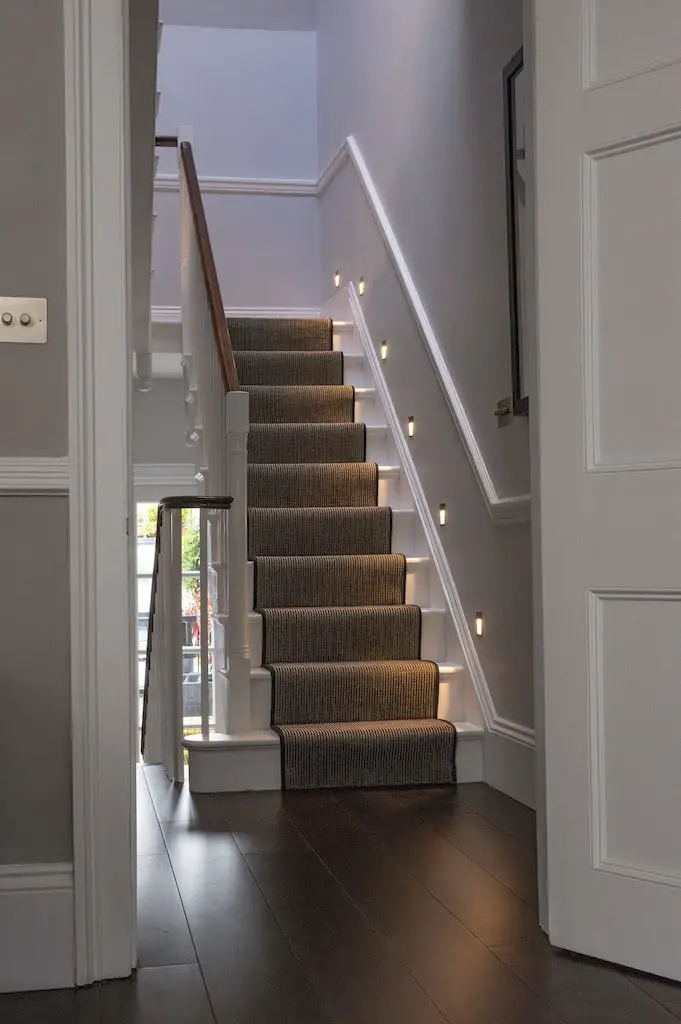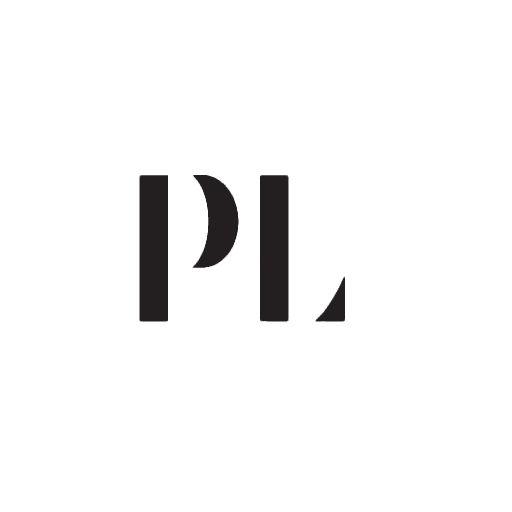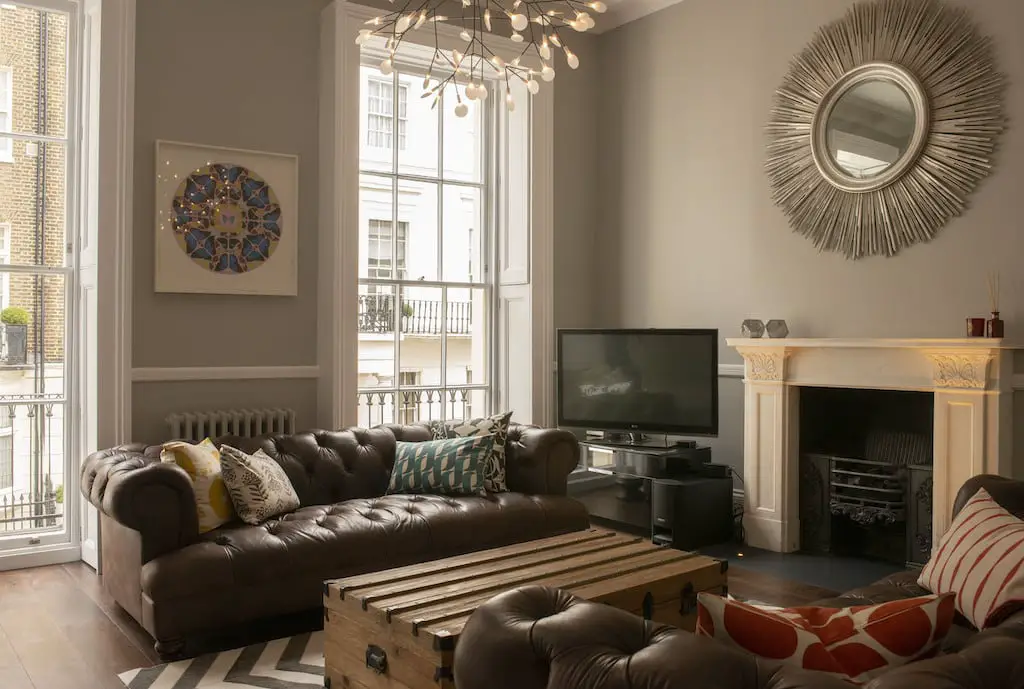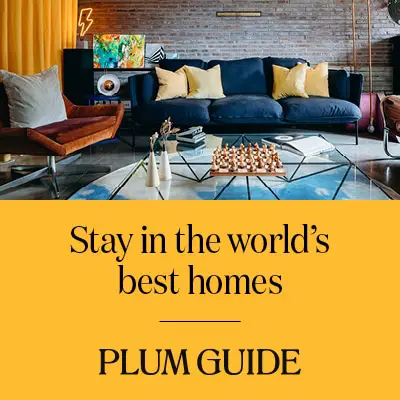If you were wondering whether you can refurbish a listed house in London, your answer is yes, it is possible to refurbish a listed house in London, but there are certain considerations and restrictions that must be taken into account. In the United Kingdom, listed buildings are those that are considered to be of historical or architectural importance, and they are protected by law. If a building is listed, it means that it cannot be demolished, altered, or extended without permission from the local planning authority.
If you own a listed house in London and want to refurbish it, you will need to obtain listed building consent from the local planning authority before starting any work. This process involves submitting detailed plans and drawings of the proposed work to the planning authority, which will assess the impact of the work on the historical and architectural significance of the building. The planning authority may require that certain elements of the building, such as the exterior or original features, be preserved or restored as part of the refurbishment process.
It is important to note that the process of obtaining listed building consent can be complex and time-consuming, and it may involve working with specialist architects and other professionals who have experience with listed buildings. If you are considering refurbishing a listed house in London, it is a good idea to seek the advice of a qualified professional to ensure that you are aware of the restrictions and requirements involved.

Listed Building Regulations
There are a number of regulations that must be followed when refurbishing a listed building in the United Kingdom, including:
– Listed building consent: If you own a listed building and want to refurbish it, you will need to obtain listed building consent from the local planning authority before starting any work. This process involves submitting detailed plans and drawings of the proposed work to the planning authority, which will assess the impact of the work on the historical and architectural significance of the building.
– Preservation of original features: Listed building consent may require that certain elements of the building, such as the exterior or original features, be preserved or restored as part of the refurbishment process.
– Use of appropriate materials: The use of certain materials may be restricted in a listed building. For example, you may be required to use traditional materials and techniques when repairing or replacing elements of the building.
– Compliance with building codes: All refurbishment work must comply with current building codes and regulations, including those related to safety, energy efficiency, and accessibility.
It is important to note that these are just a few of the regulations that may apply to refurbishing a listed building, and the specific requirements will depend on the individual building and the proposed work. If you are considering refurbishing a listed building, it is a good idea to seek the advice of a qualified professional to ensure that you are aware of all the regulations and requirements that apply.
Full Restoration of a Listed Building In Westminster
Hodgkinson Design gave Property London an insight into one of their renovation projects in the heart of central London.
Our goal in this project was to fully restore a listed house located in a conservation area, bringing it back to its original quality by reinstating traditional features such as shutters. The house is a four-storey Georgian terrace. In order to make changes to the internal layout of the rooms, we had to obtain planning permission. As a result, the top floor now has a master suite with walk-through wardrobes and a modern west-facing bathroom. Additionally, we received both planning and listed building approval to add a fifth floor to the house.
Andrew Hodgkinson











